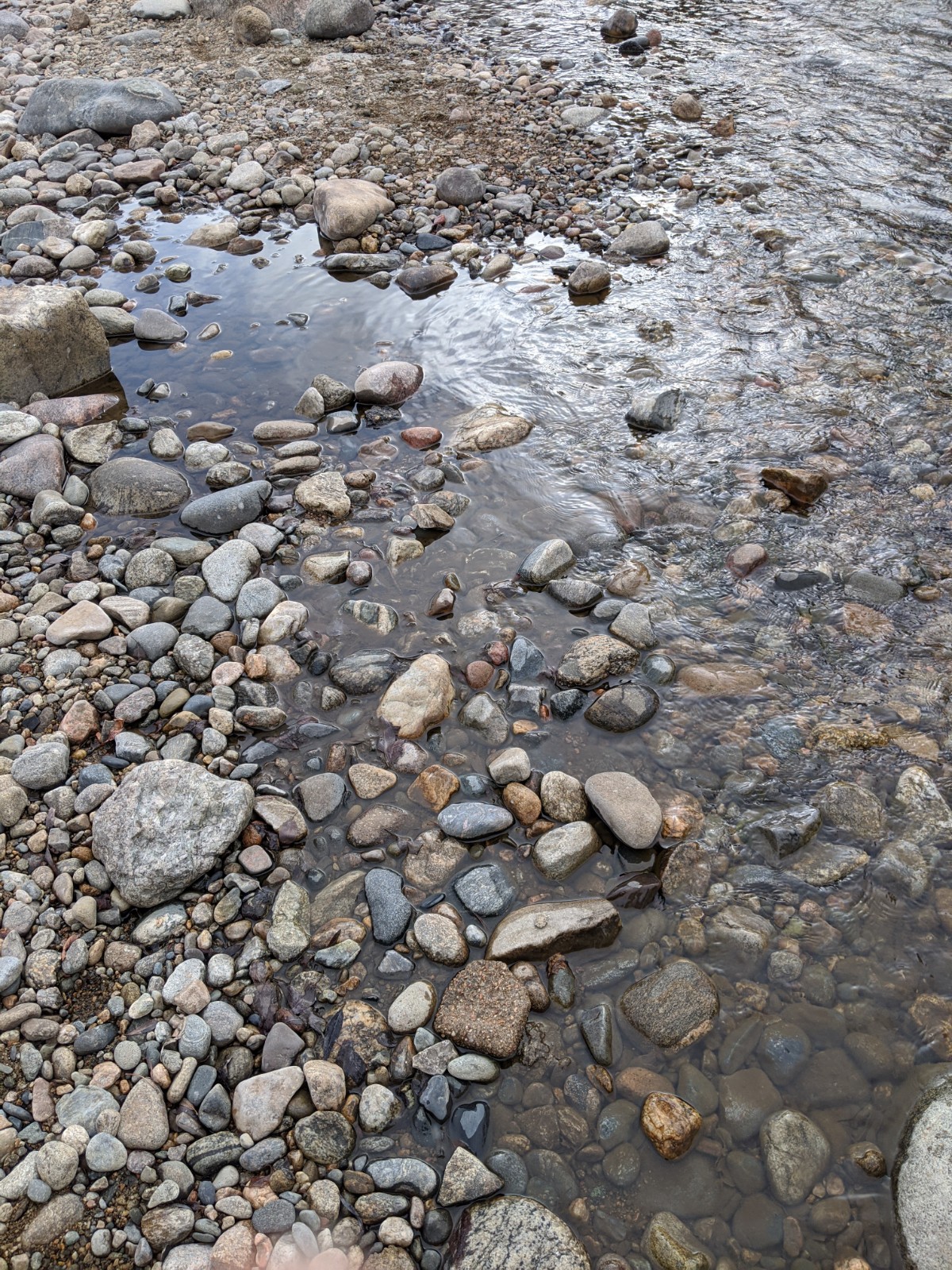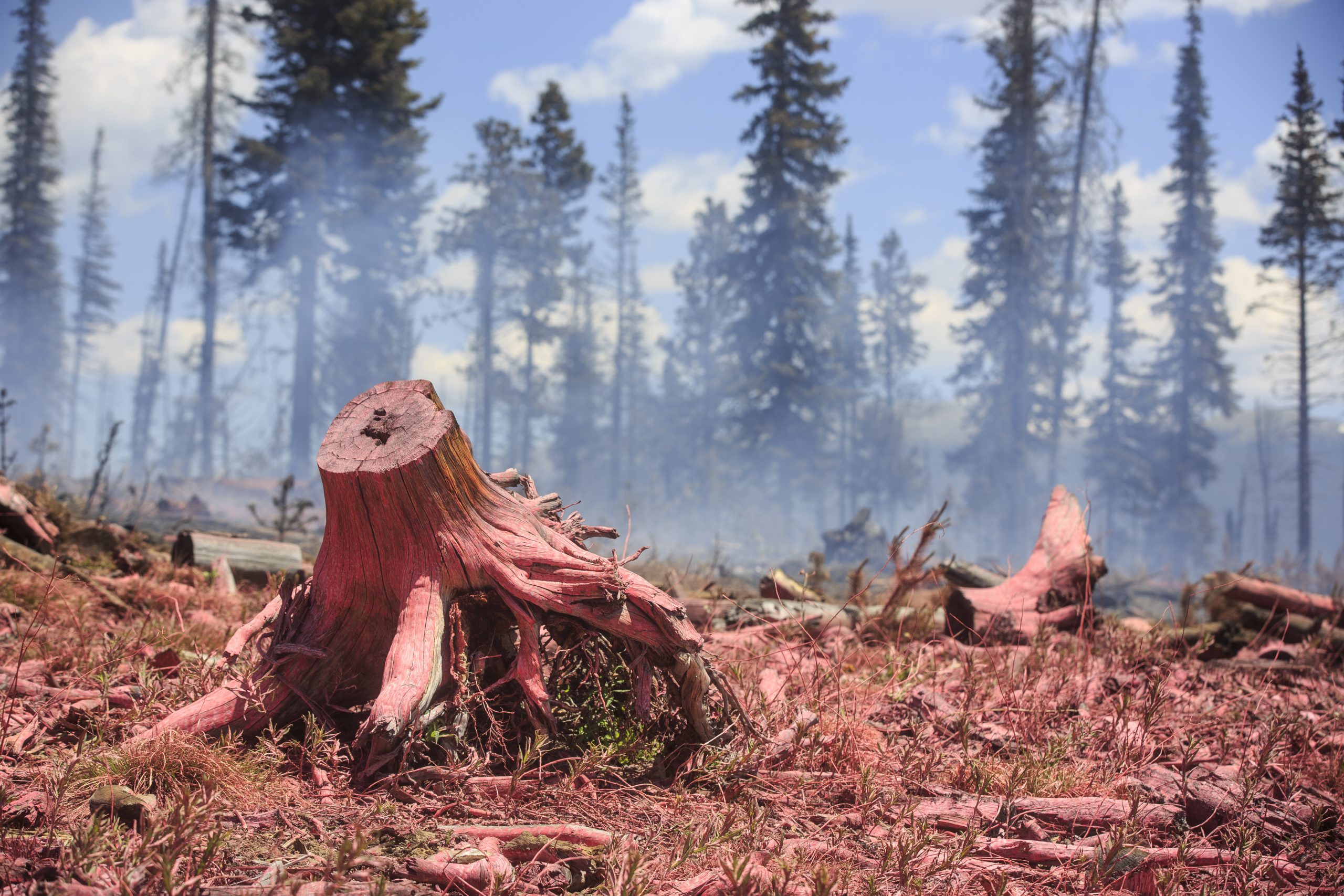
- Vitalii Homon
- March 6, 2021
- Ask Eartha
Dear Eartha, It was a rough start to ski season. Now that conditions are finally improving, does that mean we’re all caught up from the dry start to winter?
I’m thrilled to finally ski my favorite high-mountain terrain, runs that opened later than usual. While mountain conditions are improving, the fact of the matter is that Colorado remains locked in a state of prolonged drought.
In fact, some argue that we need to find a new language to describe the dry times in which we’re living. A drought has a beginning and an end; it’s temporary. But when it comes to the lasting dry and warm conditions here in Summit County and the entire Colorado River Basin, scientists suggest that we’re unlikely to ever return to so-called normal conditions. Instead, our landscape is undergoing aridification, a “transition to an increasingly water-scarce environment.” Let’s take a look at our current situation.
Drought in Colorado
The state’s snowpack, as of Feb. 26, sits at 88 percent – not too terrible, right? While this is an improvement from just a month ago, Colorado has experienced nine straight months of above-average temperatures combined with 11 months of below-average precipitation. And 100 percent of the state remains in drought as of Feb. 23.
To answer your original question: no, we’re not caught up. We’re not caught up from a grim start to ski season, and we’re not caught up from the ongoing hot, dry weather of 2020.
 Dry soil, low rivers and fire season
Dry soil, low rivers and fire season
The prolonged drying and warming trend makes our soil really, really thirsty. As snows melts and rain begins to fall, the soil soaks up all the moisture, leaving less water to flow into local rivers. We see this happening in Colorado. In December, the Animas River near Durango saw the lowest stream flows ever in 109 years of record keeping. And forecasters don’t see relief on the horizon. The National Weather Service’s long-term climate forecasts predict months of continued above-normal temperatures and below-normal precipitation.
All these trends have fire officials and emergency workers concerned for another frightening fire season. Although the winter of 2019-2020 offered up a relatively average snowpack, the summer and fall of 2020 saw Colorado’s three largest wildfires burn more than a half million acres. The entire state was blanketed with smoke from fires near and far, and the lack of summer rainfall created parched soils in advance of this season’s lackluster snowfall.
Planning for continued drought
Already, state legislators are working on bills that address wildfire prevention, relief and suppression, including the purchase of a specialized firefighting helicopter. The idea is to get the bills passed before the start of wildfire season. Additional funding would support watershed protection, a critical need in the face of major wildfires. A fire-scarred landscape is more susceptible to erosion. And when snow melts or rain falls, eroding ash and sediment muck up water supplies.

In the first two years following the 2002 Hayman Fire, water providers spent $25 million removing sediment anddebris from Cheeseman Reservoir, a major source of drinking water for the Front Range. And by September of last year, Glenwood Springs had already identified more than $10 million in repairs needed to improve water infrastructure as a result of the Grizzly Creek Fire.
As far as drought, Governor Polis in late November activated the municipal portion of the state’s emergency drought plan. That created a task force to help the state’s 700+ water providers – who deliver clean water to homes, schools, hospitals, businesses, and more – prepare for the anticipated drought challenges ahead. The task force has already conducted a survey to identify water provider needs, and they offer resources to help water providers plan for drought response.
While a few good storms won’t change the long-term outlook, I’m certainly hoping for powder this spring. In the meantime, we can all do our part to ready ourselves and our community for the changing environment. Maybe it’s preparing for increased wildfire risk through defensible space. Or perhaps this spring you’ll encourage your HOA to replace turf grass with low-water landscaping. Before the snow even begins to dwindle from the high peaks, let’s all take time to appreciate – and protect – our critical water resources.
